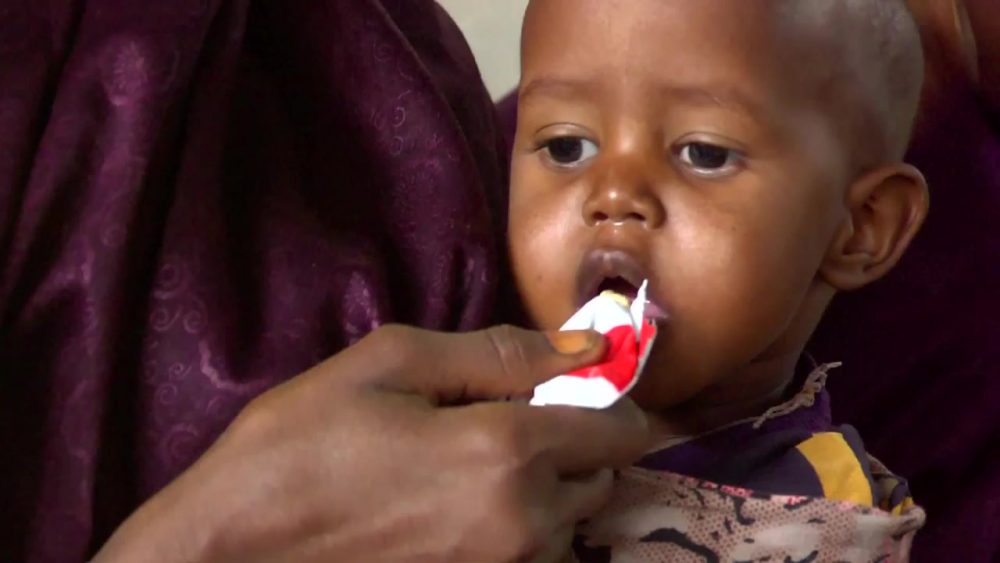Adolescent Pregnancy Fact Sheet

For some adolescents, pregnancy and childbirth are planned and wanted, but for many they are not.
Fact Sheet
Key facts
- About 16 million girls aged 15 to 19 and some 1 million girls under 15 give birth every year—most in low- and middle-income countries.
- Complications during pregnancy and childbirth are the second cause of death for 15-19 year-old girls globally.
- Every year, some 3 million girls aged 15 to 19 undergo unsafe abortions.
- Babies born to adolescent mothers face a substantially higher risk of dying than those born to women aged 20 to 24.
Birth rates
There has been a marked, although uneven, decrease in the birth rates among adolescent girls since 1990, but some 11% of all births worldwide are still to girls aged 15 to 19 years old. The vast majority of these births (95%) occur in low- and middle-income countries.
The 2014 World Health Statistics indicate that the average global birth rate among 15 to 19 year olds is 49 per 1000 girls. Country rates range from 1 to 299 births per 1000 girls, with the highest rates in sub-Saharan Africa.
Adolescent pregnancy remains a major contributor to maternal and child mortality, and to the cycle of ill-health and poverty.
Contexts
For some adolescents, pregnancy and childbirth are planned and wanted, but for many they are not. Adolescent pregnancies are more likely in poor, uneducated and rural communities. In some countries, becoming pregnant outside marriage is not uncommon. By contrast, some girls may face social pressure to marry and, once married, to have children. More than 30% of girls in low- and middle-income countries marry before they are 18; around 14% before they are 15.
Some girls do not know how to avoid getting pregnant: sex education is lacking in many countries. They may feel too inhibited or ashamed to seek contraception services; contraceptives may be too expensive or not widely or legally available. Even when contraceptives are widely available, sexually active adolescent girls are less likely to use them than adults. Girls may be unable to refuse unwanted sex or resist coerced sex, which tends to be unprotected.
Health effects
Pregnancy and childbirth complications are the second cause of death among 15 to 19 year olds globally. However, there have been significant drops in the number of deaths in all regions since 2000, most notably in South-East Asia where mortality rates fell from 21 to 9 per 100 000 girls. Some 3 million unsafe abortions among girls aged 15 to 19 take place each year, contributing to maternal deaths and to lasting health problems.
Early childbearing increases the risks for both mothers and their newborns. In low- and middle-income countries, babies born to mothers under 20 years of age face a 50% higher risk of being still born or dying in the first few weeks versus those born to mothers aged 20-29. The younger the mother, the greater the risk to the baby. Newborns born to adolescent mothers are also more likely to have low birth weight, with the risk of long-term effects.
Economic and social consequences
Adolescent pregnancy can also have negative social and economic effects on girls, their families and communities. Many girls who become pregnant have to drop out of school. A girl with little or no education has fewer skills and opportunities to find a job. This can also have an economic cost with a country losing out on the annual income a young woman would have earned over her lifetime, if she had not had an early pregnancy
AHO Action Plan
AHO produced guidelines on preventing early pregnancies and reducing poor reproductive outcomes. These made recommendations for action that countries could take, with 6 main objectives:
- reducing marriage before the age of 18;
- creating understanding and support to reduce pregnancy before the age of 20;
- increasing the use of contraception by adolescents at risk of unintended pregnancy;
- reducing coerced sex among adolescents;
- reducing unsafe abortion among adolescents;
- increasing use of skilled antenatal, childbirth and postnatal care among adolescents.
AHO is also working to tackle the root causes of maternal, newborn and child mortality and morbidity—among them gender inequality, child marriage and limited access to education for girls.
Budget for AHO Action Plan
USD 50 million
Please donate and support pregnant teenagers to go back to school
Sources: WHO, PAHO, UNICEF, NHS, UN, World Bank

